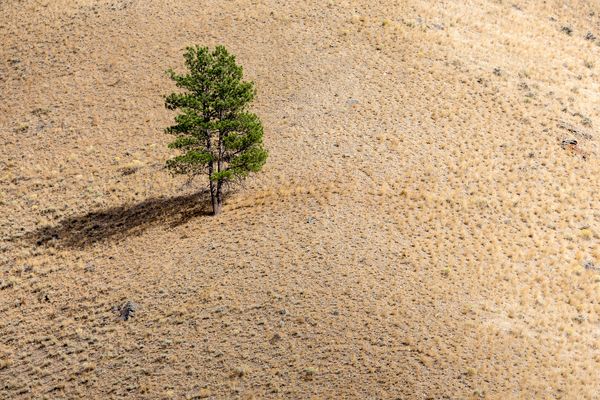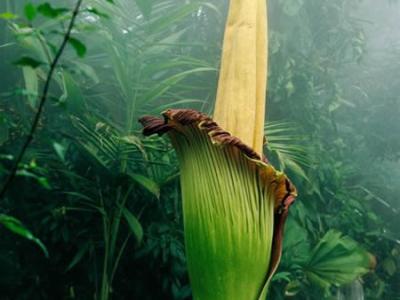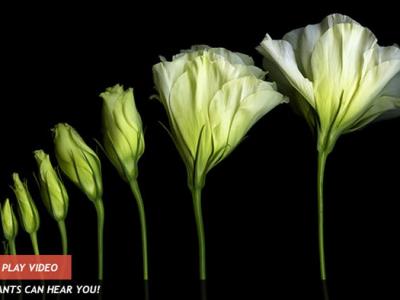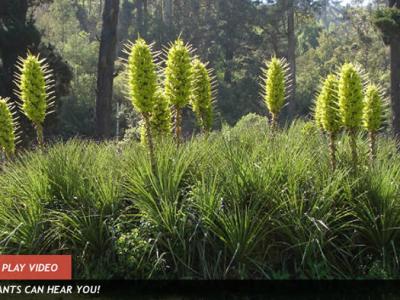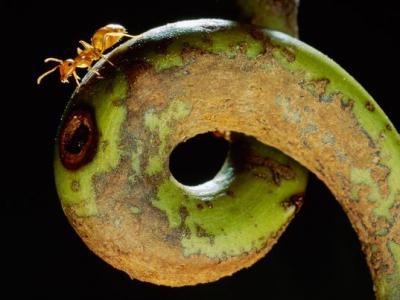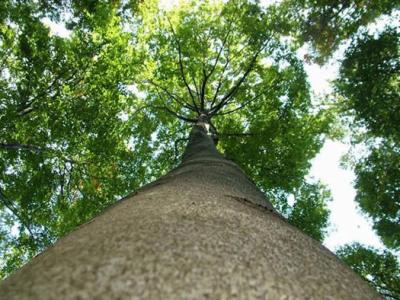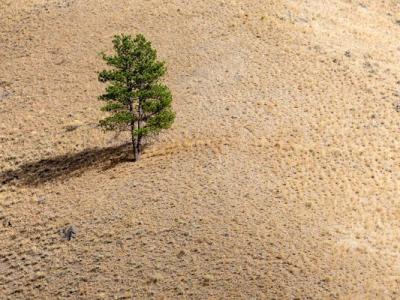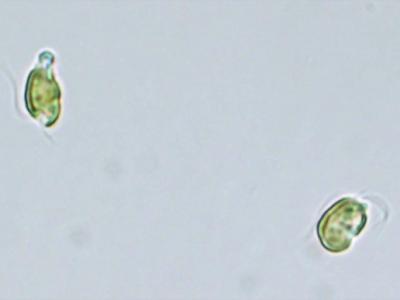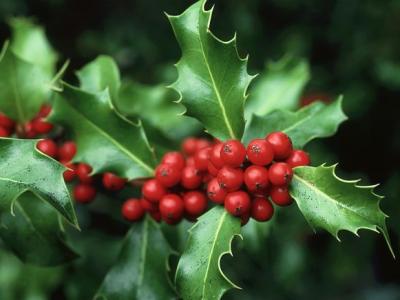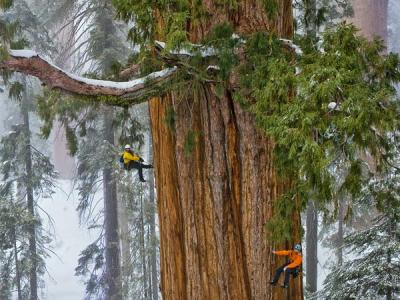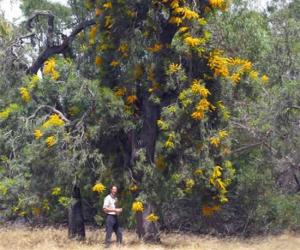Trees Call for Help—And Now Scientists Can Understand
When drought hits, trees can suffer—a process that makes sounds. Now, scientists may have found the key to understanding these cries for help.
In the lab, a team of French scientists has captured the ultrasonic noise made by bubbles forming inside water-stressed trees. Because trees also make noises that aren't related to drought impacts, scientists hadn't before been able to discern which sounds are most worrisome.
"With this experiment we start to understand the origin of acoustic events in trees," said Alexandre Ponomarenko, a physicist at Grenoble University in France, whose team conducted the research.
This discovery could help scientists figure out when trees are parched and need emergency watering, added Ponomarenko, who presented his team's results last month at an American Physical Society meeting in Baltimore, Maryland.
A tree stands alone in the drought-stricken Salmon-Challis National Forest, Idaho, in an undated picture.
Listening to Trees
To figure out how to listen to trees, the French scientists drew on their knowledge of how trees take in water—essentially by drinking from a really long "straw."
Inside tree trunks are bundles of specialized tubes called xylem, which rely on the attractive forces between water molecules as well as those between water and plant cells to lift liquid to the highest leaves and branches.
Because trees are so tall, the liquid in the xylem can be under intense pressure—many times that of the atmosphere around us—but the attractive forces between neighboring water molecules keep the water column intact.
Imagine using a straw to slurp the last few drops from the bottom of your glass: You have to increase the pressure even more. In drought-stricken trees, this increased pressure can cause the water column to break, allowing dissolved air to form bubbles that block water flow.
These events are called cavitations, and while trees can withstand some, too many can be deadly.
Since cavitations can kill trees, scientists and forest managers want to know when they are increasing.
Scientists have known for decades that microphones can pick up the noises that cavitations make. But because they couldn't see inside the tree, they weren't certain of the origins of these sounds, which could have resulted from wood creaking or breaking or xylem cells collapsing.
To answer the question, the team put a thin slice of pine wood into a liquid-filled gel capsule to mimic conditions inside a living tree.
The scientists then evaporated water from the gel, simulating a drought. As the wood began cavitating, the scientists filmed bubbles forming while recording with a microphone.
The scientists found that around half the sounds they picked up were associated with cavitations. The rest were from other processes, such as bubbles invading neighboring cells. Most important, the sound waves from each type of event made a distinct pattern. All of them are above the range of human hearing.
The researchers think they can compare sounds from living trees with these patterns, and determine which processes are creating the sounds.
Helping Thirsty Trees
According to Ponomarenko, the findings could lead to the design of a handheld device that allows people to diagnose stressed trees using only microphones.
Such a device may be particularly important if droughts become more common and more severe, as many global warming models predict they will.
In fact, a study published in Nature last fall suggested that trees in many places—from tropical rain forests in South America to arid woodlands in the U.S. West—already "live on the edge," meaning their cavitation rate is almost as high as they can sustain.
Ponomarenko's method could provide an early warning that cavitations are increasing.
For instance, he envisions a device that would attach to a tree and constantly listen for sounds of thirst. If needed, the device could then trigger an emergency-watering system.
Ponomarenko's research is promising, added Cornell University's Abe Stroock, whose lab designed the gel capsule the French team used. He said the result "opens a new mode of observation" into cavitation.
But he also noted that the wood samples used in the team's study had to be "excised and abused," so they don't necessarily behave exactly like wood in a living tree.
"Translating [these findings] to a living plant and into different species is a lot of work, potentially," he said.
Gabe Popkin
National Geographic News
Published April 15, 2013
